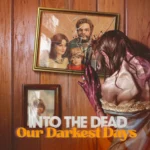PUBG Mobile, co-developed by LightSpeed & Quantum Studio and PUBG Studios, and globally published by Tencent Games, launched on March 19, 2018, rapidly becoming a defining force in the mobile gaming landscape. As the official mobile adaptation of
PUBG: Battlegrounds, the PC title that largely popularized the battle royale genre, PUBG Mobile brought the intense, last-man-standing action to the palms of millions. It faithfully recreated the core experience: 100 players parachute onto a vast island, scavenge for weapons and gear, and fight to be the sole survivor as a deadly blue zone shrinks the playable area. Its ability to deliver a near-console quality experience on mobile devices, combined with its free-to-play model, propelled it to unprecedented success, cementing its place as one of the most downloaded and highest-grossing mobile games worldwide.
The Genesis of a Mobile Empire: Porting the Battle Royale Standard
The original
PUBG: Battlegrounds had already established itself as a global phenomenon on PC, captivating players with its realistic gunplay and tense survival mechanics. Recognizing the burgeoning mobile gaming market, Tencent Games partnered with PUBG Studios to bring this experience to smartphones. The development process, reportedly taking only four months, was a testament to the dedication and expertise of the teams involved. Launched initially in China (as
PUBG: Exhilarating Battlefield and
PUBG: Army Attack), the global version,
PUBG Mobile, followed swiftly. This rapid deployment, coupled with smart optimization for mobile hardware, allowed PUBG Mobile to capture a massive audience almost immediately, setting a new standard for graphical fidelity and complex gameplay on mobile devices.
The decision to port a full-fledged PC battle royale experience to mobile was ambitious, and its execution largely flawless. It proved that mobile gaming was capable of delivering deep, competitive experiences, not just casual time-wasters.
Core Gameplay: Realistic Combat, Tactical Survival
At its heart, PUBG Mobile is a classic battle royale. Up to 100 players are air-dropped from a plane onto one of several large maps. The goal is simple: be the last player or squad alive. This is achieved through a combination of:
- Looting: Upon landing, players must quickly find weapons (ranging from pistols and shotguns to assault rifles and sniper rifles), armor (helmets, vests), healing items (med kits, bandages), and various attachments (scopes, grips, magazines). The randomized nature of loot means every match starts differently.
- Movement & Positioning: Navigating the sprawling maps on foot or by vehicle (cars, motorcycles, boats) is crucial. Players must constantly consider their position relative to the shrinking "blue zone" (the lethal non-playable area) and other players.
- Combat: Realistic gunplay with distinct recoil patterns and bullet drop mechanics sets PUBG Mobile apart. Players engage in tense firefights, requiring aim, tactical movement, and smart use of cover.
- Survival: Beyond eliminating opponents, players must manage their health and energy, use healing items, and avoid being caught outside the safe zone.
The game offers various perspectives:
Third-Person Perspective (TPP), which offers a wider field of view, and
First-Person Perspective (FPP), providing a more immersive, traditional shooter experience. This choice allows players to tailor their gameplay to their preference.
A Multitude of Modes: Beyond the Classic Battle Royale
While the Classic Battle Royale mode remains the bedrock of PUBG Mobile, the game has significantly expanded its offerings over the years, providing diverse experiences to cater to different player preferences and keep the content fresh.
Classic Mode: The Main Event
This is the standard 100-player battle royale experience. Players can choose to play Solo, Duo, or in Squads (4 players). The game features a rotating selection of meticulously designed maps, each with unique terrain, structures, and strategic implications:
- Erangel: The original, balanced map with diverse terrain.
- Miramar: A vast desert map emphasizing long-range engagements.
- Sanhok: A compact, jungle-themed map favoring close-quarters combat.
- Vikendi: A snowy map with unique vehicle mechanics and concealment options.
- Karakin: A small, intense map with destructible environments.
- Livik: A condensed, fast-paced map designed for quicker matches.
- Nusa: An even smaller, tropical island map for ultra-fast, high-action gameplay.
Each map offers distinct strategic opportunities and challenges, preventing the game from feeling stale.
Arena Modes: Fast-Paced Action
For players seeking quick skirmishes without the long commitment of a full battle royale match, Arena modes offer fast-paced, respawn-enabled combat:
- Team Deathmatch (TDM): Classic 4v4 or 8v8 battles where the first team to reach a certain number of eliminations wins.
- Arena Training: Similar to TDM but often with more open rules or weapon choices.
- Gun Game: Players start with a basic weapon and get a new, often stronger, weapon with each elimination.
- Domination: Teams compete to capture and hold specific zones on the map.
These modes are excellent for honing gun skills, practicing different weapons, and warming up before a ranked match.
Arcade Modes: Quick and Varied Fun
Arcade modes provide a more casual and varied experience, often with unique twists on the classic formula:
- Quick Match: A condensed version of battle royale on a smaller map, for faster games.
- War Mode: Players drop in with pre-set weapons and unlimited respawns, focusing purely on combat.
- Payload: An explosive battle royale variant featuring heavy weaponry, armed vehicles, and respawns.
- Metro Royale: A persistent, PvE/PvP mode where players enter a dangerous underground world to loot valuable gear and extract.
These modes offer a refreshing break from the intensity of classic battle royale, providing quick bursts of fun.
World of Wonder (WoW): Player-Created Experiences
Inspired by Creative modes in other games, World of Wonder (WoW) allows players to design and share their own custom maps and game modes. This feature unlocks limitless possibilities, from unique obstacle courses and mini-games to entirely new combat scenarios. WoW fosters a creative community and ensures a constant stream of new, innovative content.
Graphics and Sound: Pushing Mobile Boundaries
PUBG Mobile leverages
Unreal Engine 4 to deliver stunning graphics that were, and continue to be, a benchmark for mobile gaming.
- Realistic Visuals: The game aims for a more grounded, realistic aesthetic compared to some of its competitors. Detailed textures, realistic lighting, and intricate character models contribute to an immersive experience.
- High Fidelity on Flagships: On high-end smartphones, PUBG Mobile can run at extreme frame rates with ultra HD graphics, showcasing detailed environments, weapon models, and fluid animations.
- Scalability: The game is remarkably optimized, offering a wide range of graphical settings that allow it to run on lower-end devices while still maintaining a playable frame rate. This scalability has been key to its massive global reach.
The sound design is equally impressive and crucial for competitive play.
- Positional Audio: Footsteps, gunshots, and vehicle sounds are accurately rendered in 3D, allowing players to pinpoint enemy locations. This spatial awareness is a vital skill.
- Realistic Gun Sounds: Each weapon has a distinct and satisfying sound profile, enhancing immersion and helping players identify what they're up against.
- Atmospheric Effects: Environmental sounds, such as wind, rain, and distant explosions, add to the overall immersion of the battlefield.
Controls and User Experience: Adaptable and Refined
Adapting a complex PC shooter to touchscreens is a monumental challenge, and PUBG Mobile has largely succeeded.
- Highly Customizable HUD: Players can freely move, resize, and adjust the transparency of every on-screen button to create a personalized layout. This is crucial for competitive play and accommodating different finger grips.
- Intuitive Touch Controls: While challenging to master, the default touch controls are surprisingly responsive. Dedicated buttons for aiming, shooting, crouching, proning, and peeking allow for a wide range of tactical maneuvers.
- Gyroscope Support: Many competitive players utilize gyroscope controls, tilting their device to fine-tune aim, offering a level of precision difficult to achieve with touch alone.
- Controller Support: While not natively supported for core gameplay, third-party peripherals and emulators exist, though they can sometimes lead to disadvantages or be restricted in competitive play.
- Smooth Performance: Consistent frame rates are vital for competitive shooters, and PUBG Mobile generally delivers, especially on capable devices, leading to a smooth and responsive gameplay experience.
Monetization Model: Cosmetic-Driven and Event-Heavy
PUBG Mobile is a
free-to-play game, meaning anyone can download and enjoy the core experience without spending money. Its revenue primarily comes from the sale of
UC (Unknown Cash), a premium in-game currency bought with real money. UC is used to acquire purely cosmetic items and participate in various monetization mechanics:
- Skins and Outfits: The most prominent revenue source, allowing players to customize their characters, weapons, vehicles, and parachutes. These are often highly detailed and desirable.
- Crates and Lucky Spins: Loot box-like mechanics where players spend UC for a chance to win rare or legendary cosmetic items.
- Royale Pass: A seasonal battle pass system that offers tiers of exclusive cosmetic rewards, missions, and challenges. Players can purchase a premium Royale Pass to unlock more rewards as they play through the season.
- Events and Collaborations: Frequent in-game events and high-profile collaborations with popular franchises (e.g., Dragon Ball, Spider-Man, K-Pop groups) introduce exclusive cosmetic items and game modes, driving engagement and spending.
Crucially,
all monetization is cosmetic-only, meaning there are no "pay-to-win" elements. Players cannot buy advantages that affect gameplay balance, preserving the competitive integrity of the game.
The Esports Powerhouse: A Thriving Competitive Scene
PUBG Mobile has cultivated one of the largest and most vibrant mobile esports scenes globally. Tencent and Krafton (the parent company of PUBG Studios) invest heavily in a structured competitive ecosystem that spans regional leagues to massive international tournaments.
- Global Tournaments: Events like the PUBG Mobile Global Championship (PMGC) and PUBG Mobile World Invitational (PMWI) feature substantial prize pools and attract millions of viewers.
- Regional Leagues: Professional leagues and amateur circuits exist across various regions, providing a pathway for aspiring pro players.
- High Skill Ceiling: Despite being on mobile, professional PUBG Mobile requires immense skill in aiming, movement, team communication, and strategic decision-making.
- Dedicated Viewership: The competitive scene boasts a massive following, with high viewership numbers on streaming platforms during major events, showcasing the game's competitive depth.
This robust esports infrastructure not only validates the game as a serious competitive title but also provides aspirational goals for its player base.
Conclusion: The Unrivaled King of Mobile Battle Royale
PUBG Mobile has successfully translated the intense, strategic, and realistic battle royale experience from PC to mobile, creating a phenomenon that continues to dominate the portable gaming landscape. Its commitment to regular updates, impressive graphical fidelity (especially for mobile), highly customizable controls, and a thriving esports scene has ensured its longevity. While the learning curve can be steep for newcomers, and monetization can be tempting, the core free-to-play experience remains robust and deeply engaging. PUBG Mobile is more than just a game; it's a social hub, a competitive arena, and a technological marvel that continues to push the boundaries of what's possible on mobile devices, solidifying its status as the unrivaled king of mobile battle royale.


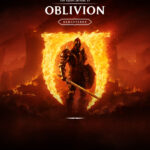





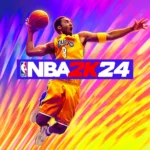






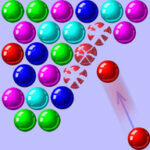




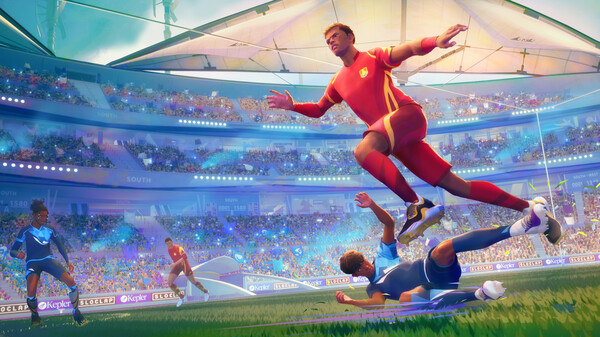
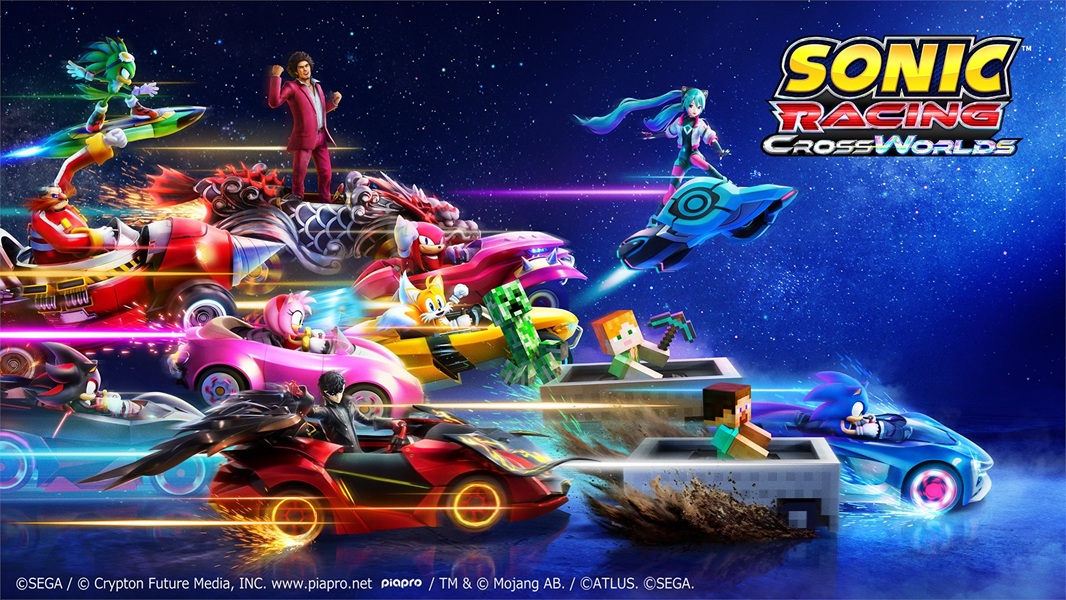

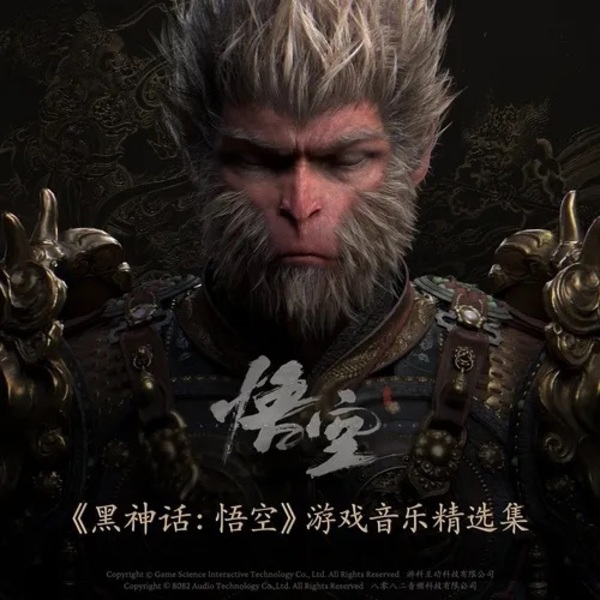
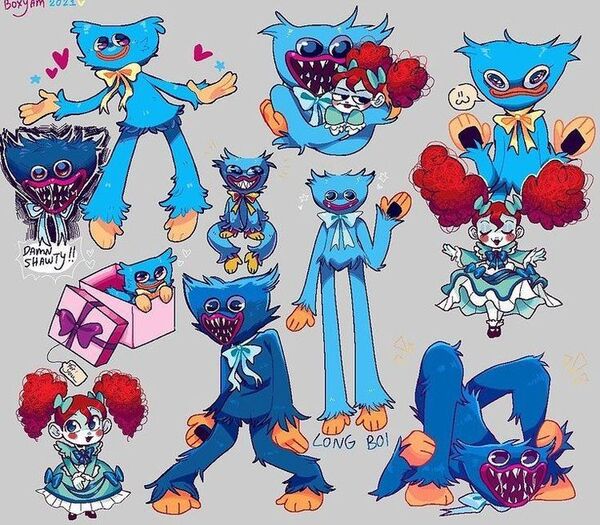
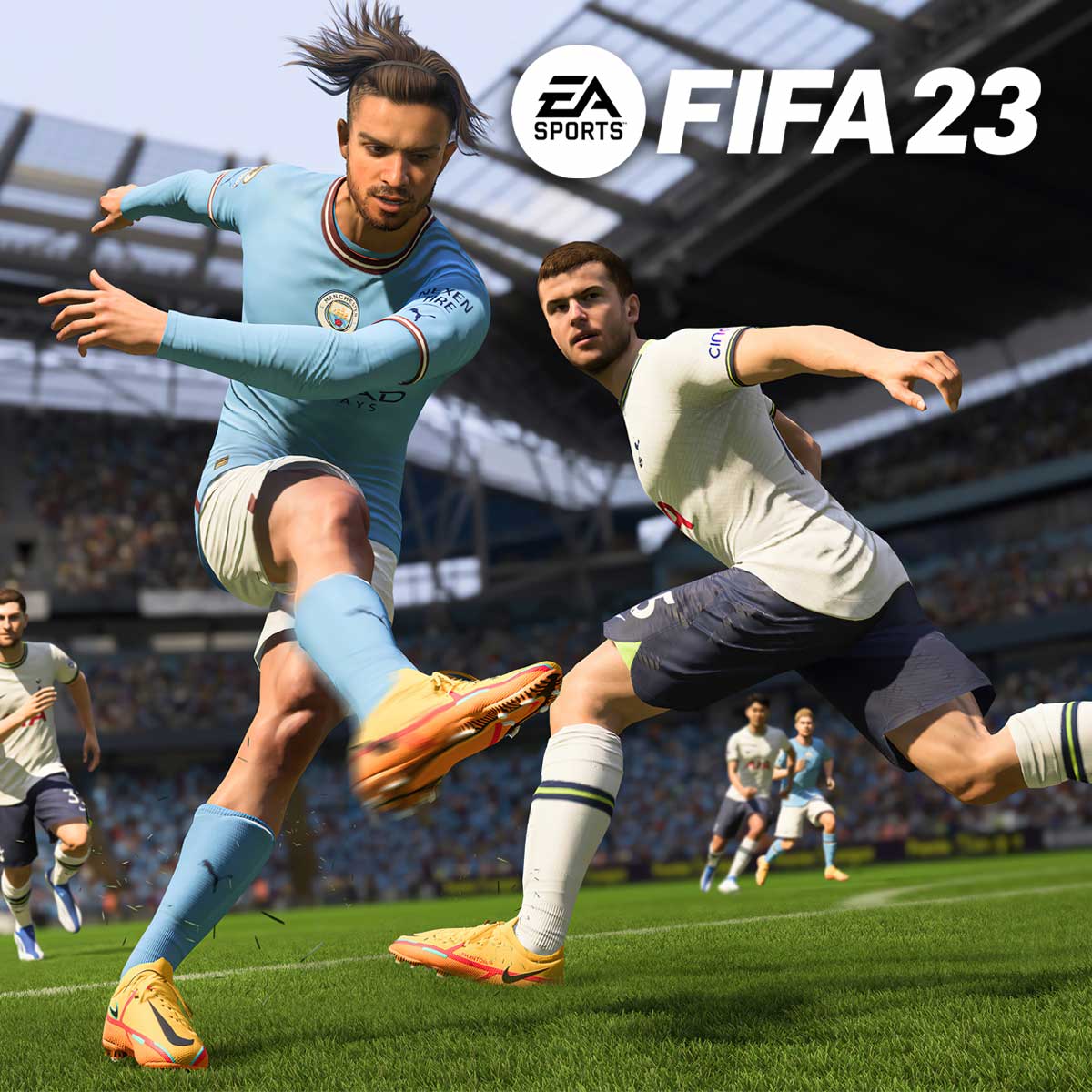



![Roblox – 99 Nights in the Forest 🔦 [FURNITURE]](https://lootjudge.com/wp-content/uploads/2025/07/logo-8-150x150.webp)

